ハンバーガーメニュー

Becoming an organization that actively embraces challenge through organizational improvement that starts with managers
ISB VIETNAM CO.,LTD

| Business |
Overseas offshore software development Design, development, sales, and maintenance of products |
|---|---|
| type of industry | Mechatronics |
| Number of employees(consolidated) | more than 2000 employees |
|
Number of employees(non-consolidated) |
101~300 |
|
Scale of utilization |
51~100 |
Expectation
-
We wanted to boost employee engagement by relieving the anxiety employees were experiencing due to the deteriorating business environment and job market.
-
We wanted to realize a more effective approach to organizational improvement rather than one that was fragmented and subjective.
Achievement
-
We are able to visually grasp the level of employee satisfaction, organizational status, and changes, and it has become easier for our executive team and managers to take prompt and appropriate action.
-
Employees are now able to proactively and fearlessly take on difficult projects with a forward-looking attitude.
For more details, please contact us.
An offshore software development company established by the ISB Group
Business and operational overview
Mr. Duong
ISB VIETNAM Co., Ltd. is an offshore software development company that was established by Japan’s ISB Group in 2003. While Japan is the company’s main market, in recent years we’ve seen our business expand with an increasing number of customers from the ASEAN region, Europe, and the United States.
As manager of the Development Division, I manage projects to ensure the deliverables we provide are of a quality that meets customer expectations. To realize the best possible deliverables, I also work with the HR Division and other managers and playing an important role in raising employee motivation and engagement.
The deterioration of the business environment and job market has made employees feel increasingly anxious
Issues affecting the business and our organization
Mr. Duong
After introducing Motivation Cloud, we’ve regularly conducted engagement surveys, but in the survey we conducted around a year ago, we noticed a significant decline in scores. In particular, there was a large drop in scores on items related to the company and jobs, with decreases not only in employee satisfaction but also in expectations. When we shared the results with senior management, they told the managers, including me, to communicate more closely with employees to better understand their expectations.
At the time, Vietnam’s IT industry as a whole was experiencing very difficult circumstances. IT companies had begun laying off large numbers of employees and the business climate and employment conditions throughout the industry were deteriorating. Because we were getting almost no new project orders and the yen was weak, we were also facing serious difficulties in the Japanese market. Also, with insufficient information sharing from senior management, I think many employees were worried about the company’s financial situation and feeling anxious as a result.
We believe our employees to be our most important asset. So, rather than just sit back and wait for employee morale to improve, we wanted to take concrete measures to help them feel more satisfied and more attached to the company to build our future together. If we hadn’t done so, we definitely would be in a lot more trouble now.
It’s important for managers to constantly be aware of how employees are doing
Initiatives for organizational improvement
Mr. Duong
If a situation continues where communication is lacking and employees aren’t being given enough information, then it will make them feel increasingly uneasy. The most important issue at the time was getting employees to fully understand what was going on with the company. On top of that, we needed senior management, managers, leaders, and employees to work together to overcome the crisis.
Working with other managers and leaders, I tried to ensure that sufficient information was being shared with employees so they could get an accurate picture of the company’s situation. For example, we provided information to answer such questions as “How are customer needs changing due to the weak yen?” and “What’s being asked of us and what skills are necessary to meet these needs?”
The managers also put themselves in the employees’ shoes, making an effort to close the gap between them. They constantly kept the employees in mind and listened to what they had to say. And in doing so, they were able to build trust and raise awareness throughout the organization to overcome the challenges we faced.
We carried out various measures to improve the organization, but the one that has proved particularly effective is getting managers to meet regularly and share information. And this is something that we’re still doing. At these meetings, I share general trends in the IT industry, the status of the company overall, and new policies. Then, I have the other managers report on the situation in their departments and the feedback they’re getting from employees.
Because I place the greatest importance on understanding how employees are doing, at the end of each meeting, I always check whether each department currently has any issues, and whether their employees are dealing with any difficulties or concerns. Sometimes managers will share their concerns about employees who aren’t able to speak openly, but I tell them what I believe, which is that if they continue to communicate sincerely, the employee will eventually understand, open up, and express their true feelings.
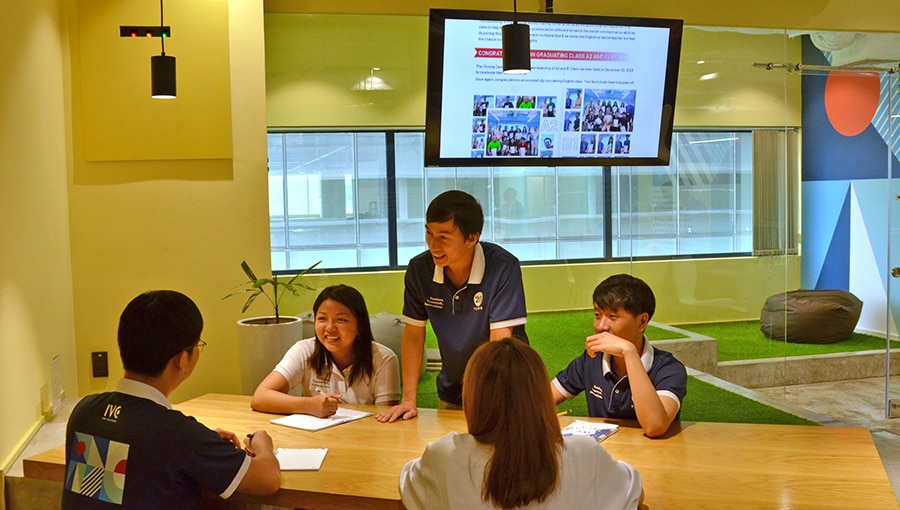
Getting managers to think on the same wavelength was the first hurdle
Difficulties faced in organizational improvement initiatives
Mr. Duong
At the time, I had just been put in charge of managing several departments and there were some managers who had different management styles. So, I had to explain my thinking to them and work with them from scratch to improve the situation. We held weekly meetings to exchange ideas, but sometimes we weren’t able to reach a consensus in our discussions or found it difficult to come up with solutions that aligned with the company’s goals. For me, the initial hurdle was getting managers to think on the same wavelength.
The only way to clear this hurdle was through honest discussion. It was only by engaging in sincere discussion with the other managers, sharing and understanding what was happening in the company, that we were able to bridge the gap between us.
We were also having quite a few problems with our projects. I asked the managers to understand the problems the project teams were having, build rapport with employees, and support them so they can perform with peace of mind. Rather than leaving employees to handle problems on their own, I thought it was important for them to work with their managers to solve them. I believe that through such cooperation, employees will come to trust the company and form stronger ties with it.
For more details, please contact us.
Fearlessly taking on difficult projects and embracing challenge
Organizational improvement efforts bear fruit
Mr. Duong
Through continued meetings with the managers, we were able to reach a common understanding and way of thinking among the departments.
On the engagement survey we conducted six months later, we saw improved scores. Both the senior managers and managers were pleased, and I was also very happy with the results. I think that the managers were especially happy that their initiatives and efforts had paid off and that the employees were able to feel the improvement of the organization. I think it’s safe to say these results helped to boost the managers’ motivation.
Our organizational improvement initiatives also had a positive impact on our business. We were able to secure some challenging projects, but what really surprised me was our employees’ reaction when we got project orders.
Before, a lot of employees would have been reluctant to take on a new project due to a lack of confidence or because they didn’t want to, but their attitude has become much more positive. They now look forward to working on new projects and are eager to do their best. Once the employees understood the company’s situation and their own situation, they started to think like the managers, wanting to win orders for new projects and see them succeed.
New projects are often challenging, requiring a lot of effort from employees due to the high expectations of our customers. But, unlike before, our employees are now positive and motivated. I believe this positive attitude toward new initiatives and new challenges has been the greatest success of our organizational improvements, and it is the change that I’m happiest about.
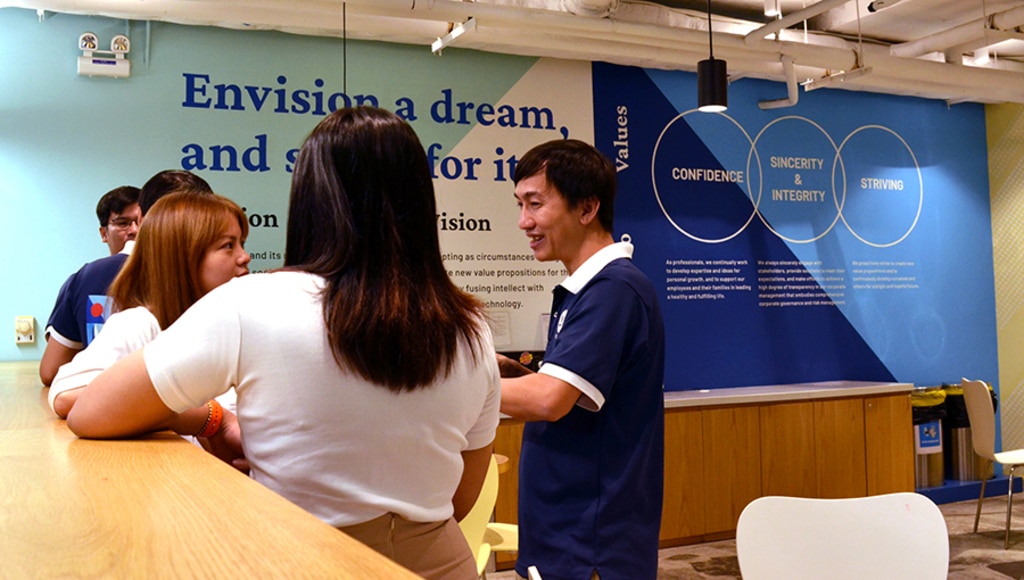
Making it possible to understand the status of the organization and promptly decide on actions for improvement
The value of Motivation Cloud
Mr. Duong
Even before we adopted Motivation Cloud, we were carrying out organizational improvement activities. But those efforts were fragmented, and we had no systems in place to review or manage them. With the introduction of Motivation Cloud, we were able to visually understand changes in employee expectations and employee satisfaction. This was a big step forward for us and helped senior management and managers to understand what was going on in the organization and determine what actions were needed.
Also, before we introduced Motivation Cloud, the concepts of employee motivation and engagement were very vague for us and we didn’t know how to go about raising employee engagement, so the measures we took were based only on our intuition. But using Motivation Cloud lets us make decisions based on data and carry out employee engagement with confidence. I also feel that Motivation Cloud has helped me to grow as a manager.
Even if you weren’t to use Motivation Cloud, you may be able to manage things to some extent with something like Excel, but Motivation Cloud keeps a record of survey results, saving you the trouble of searching for data. I think it’s much more efficient to use a dedicated system like Motivation Cloud for organizational improvement.
One thing that really helped while we were introducing the system was receiving direct training on organizational improvement. They took great care in teaching us everything from how to use the system effectively to how to set up action plans.
I believe the role that managers on the frontlines play is very important in organizational improvement activities, and thanks to the careful support we received, the managers themselves have been able to make the most of Motivation Cloud in these activities.
In the future, it would be great if Motivation Cloud’s AI function could further evolve to where it could forecast organizational conditions. That’s something I would really like to see.
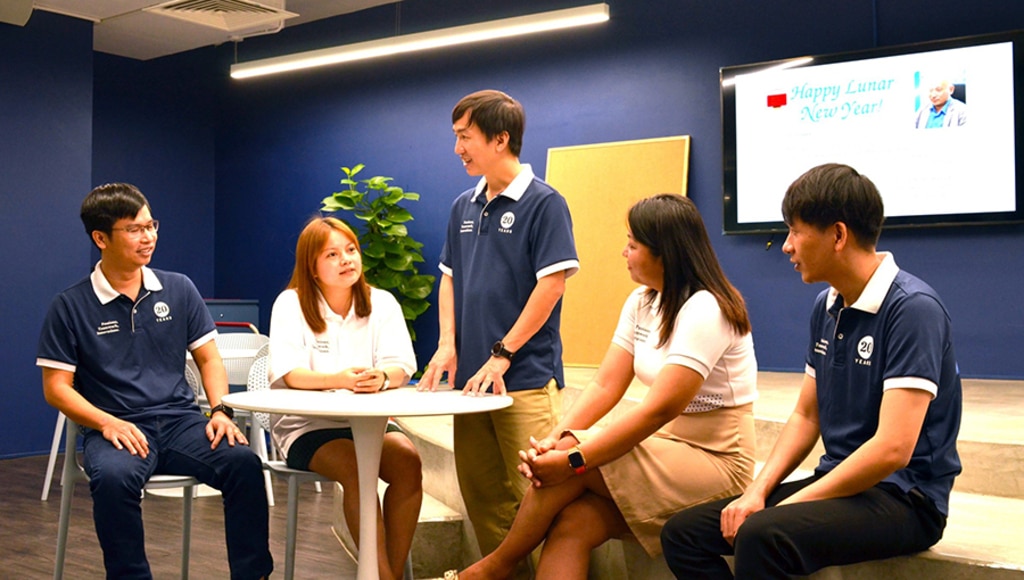
Creating an organization that embodies “Passions, Teamwork and Innovations”
What we aim to achieve with Motivation Cloud
Mr. Duong
We want to create an organization that embodies our slogan of “Passions, Teamwork, and Innovations”. “Passions” refers to working passionately toward the future while focusing on our dreams. “Teamwork” refers to working together as a team, as one. “Innovations” means embracing innovative challenges and contributing to society.
Our long-term goal is for employees to fully express their passion and contribute to society through their work. This is our company’s vision and an important direction for the Development Division in particular. Since our employees have a strong desire to contribute to society, we’d like to create an organization where we can all make this a reality.
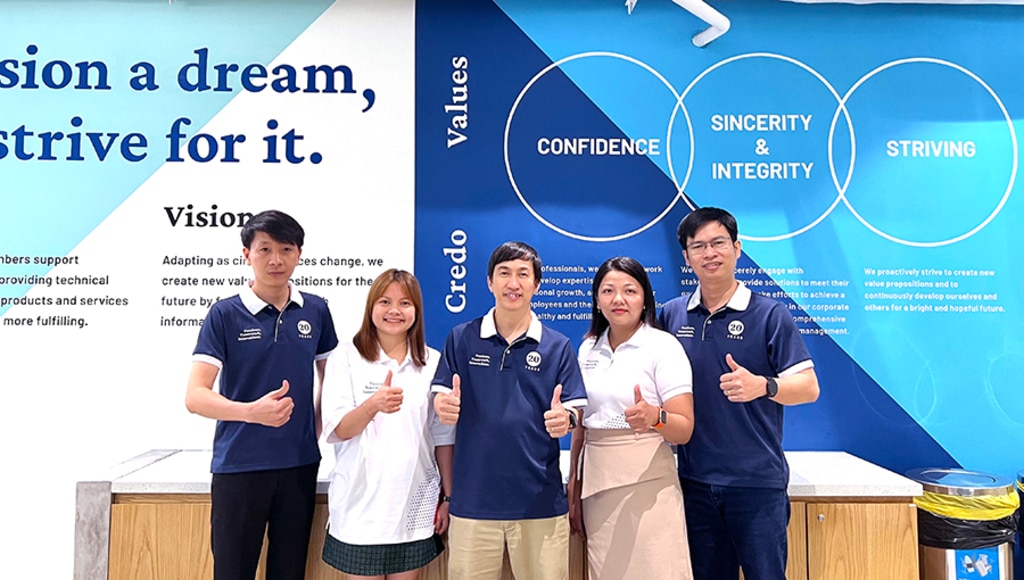
Contact
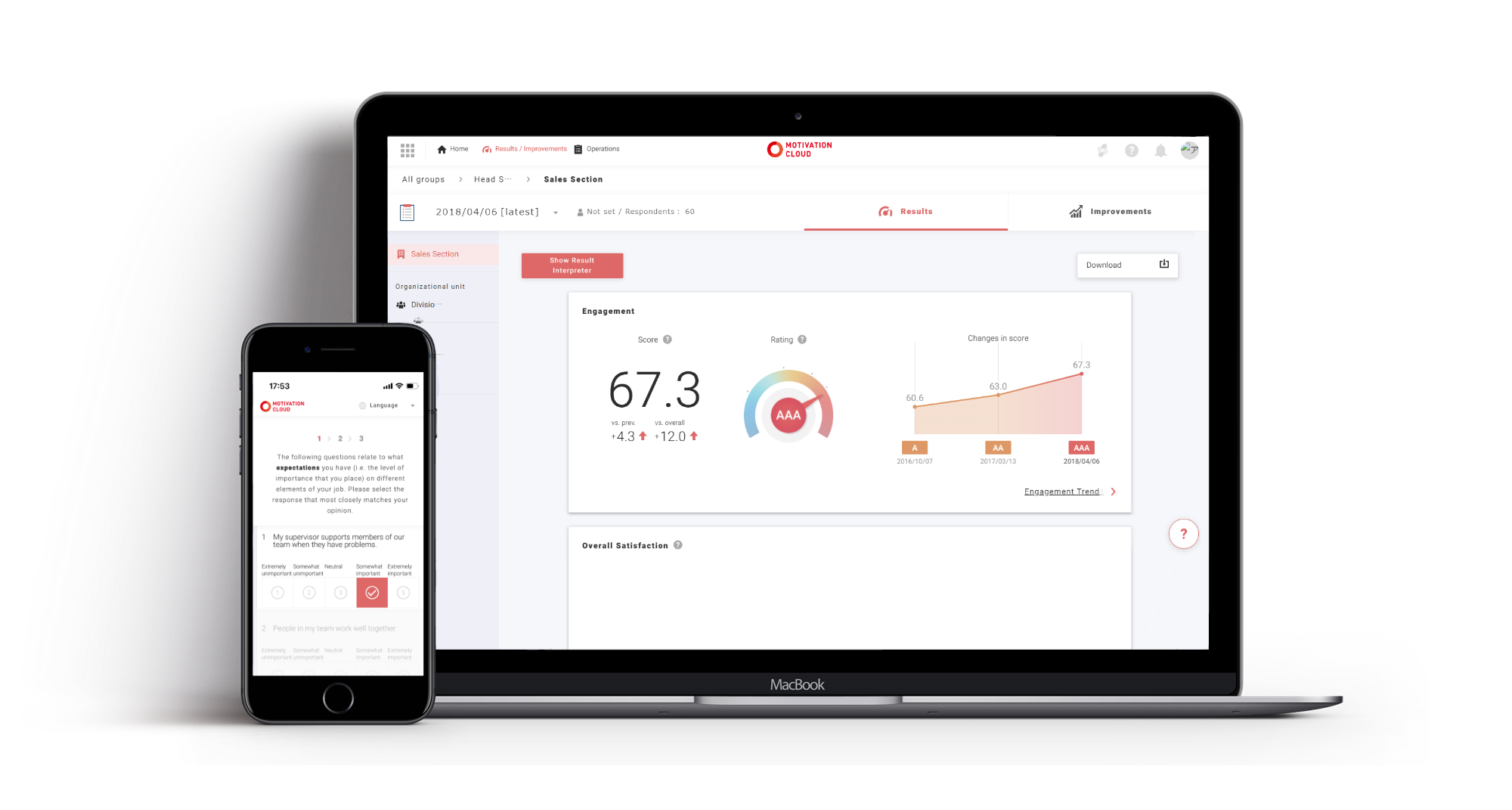
Our representative will contact you according to the inquiry.
Copyright© 2018-2023 Link and Motivation Inc. All Rights Reserved


